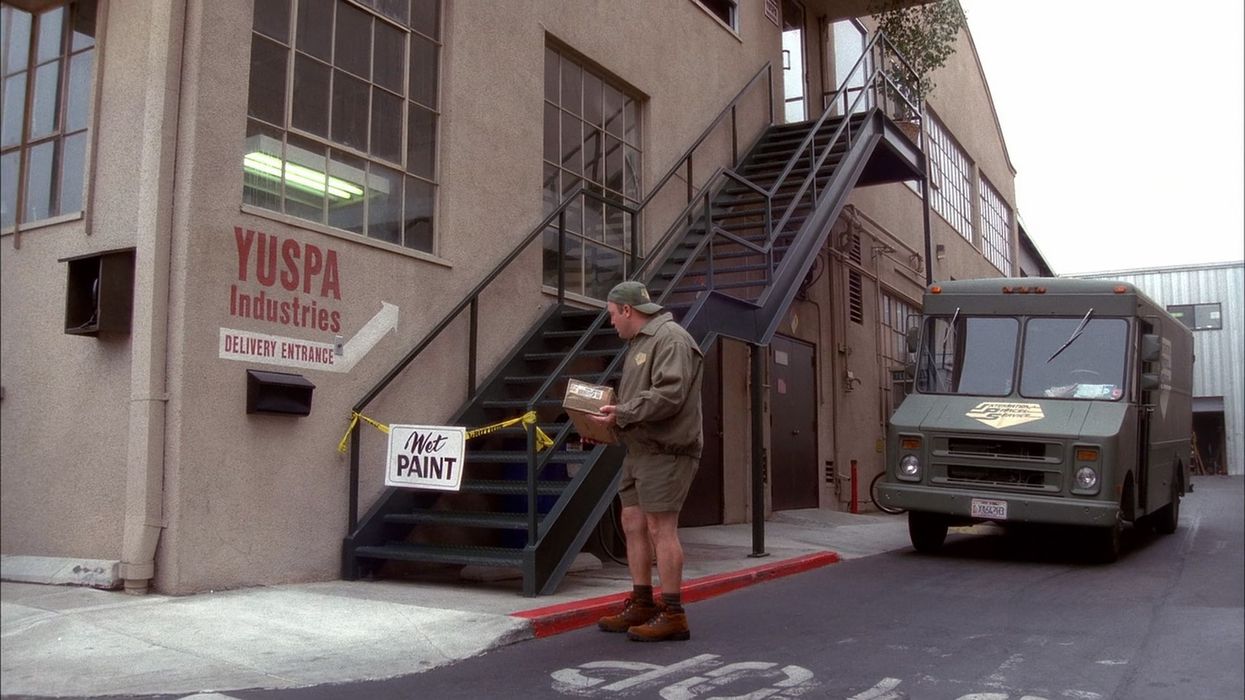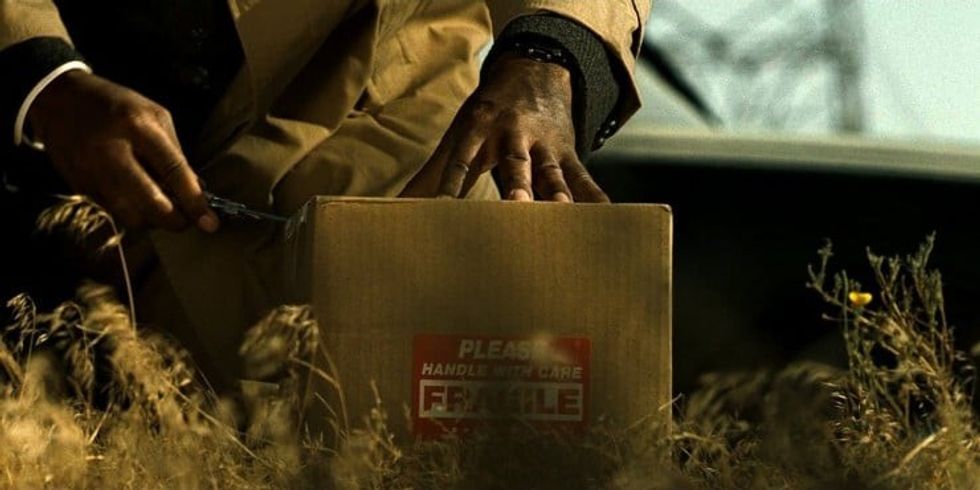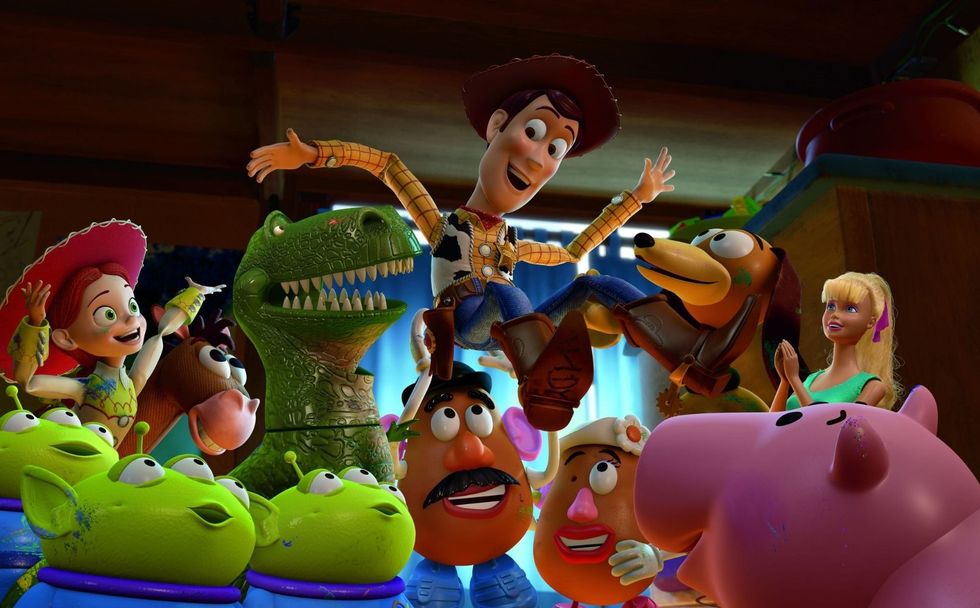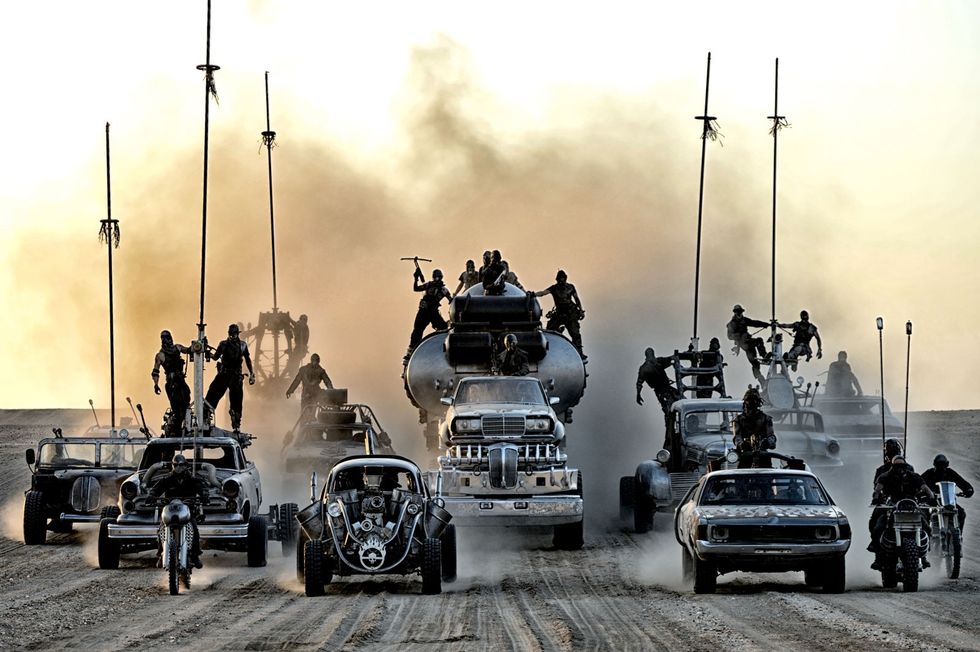3 Ways to Use Conflict to Amp Up Your Script
Examining the core of what makes a compelling screenplay.

One of the most common notes that new writers receive is “there’s not enough conflict.” But what does that note even mean?
As an executive who has read thousands of scripts, I can attest to lack of conflict as a common problem. Sometimes it feels like screenwriters are so focused on writing the cool stuff, they forget about the fundamentals.
In a new video from Tyler Mowry, learn what conflict is at its core and how you can use it in your writing. Check it out below:
Disclaimer: As he says, this is not a “how-to” video, because there is no definitive way to write a screenplay. Make sure that you write in a way that works for you. Then you can apply these lessons to your own process.
So what are the big takeaways from this video? Let’s dive in:
Different Belief Systems Place Characters In Conflict With One Another
Writing starts before you actually write. You have to know your characters: who they are, what they want, and what their underlying philosophy is.
Conflict comes from placing characters whose core beliefs are in opposition. That’s important—a small disagreement isn’t the same as fundamental opposition. It’s funny to watch James Bond and Q quip at each other about how much damage Bond does to his gadgets, but you wouldn’t want to see a whole movie about it. That’s small potatoes. Bond’s belief in justice, loyalty, and order is much more interesting when placed against someone like Sean Bean’s 006.
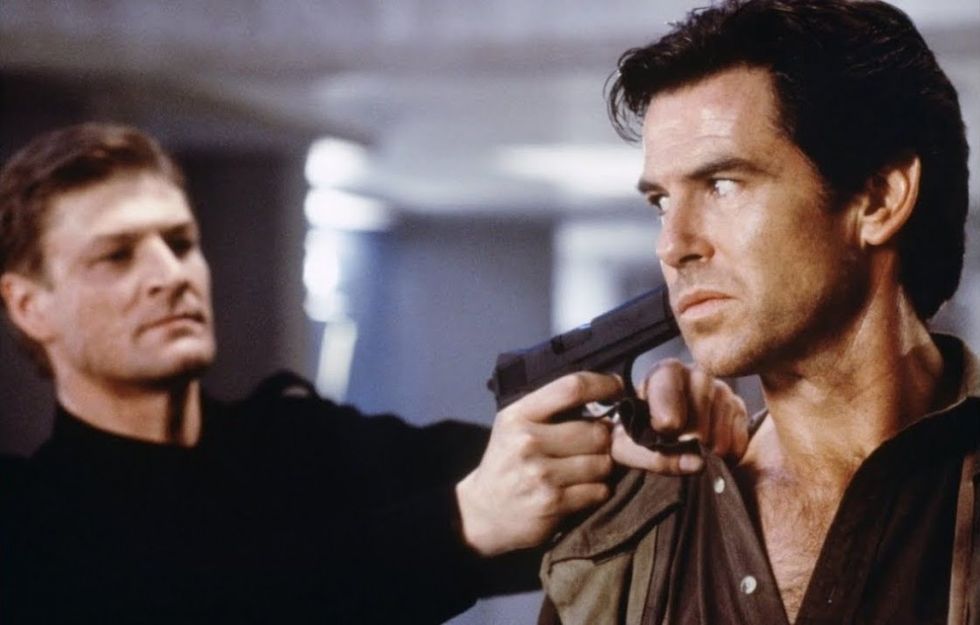
Keep Things Moving
Great, you know the characters’ conflict and underlying philosophies that bring them into conflict with each other, but how do you draw that conflict out for an entire feature-length screenplay?
Characters start by doing the minimum required to complete their goals. Usually, that won’t work, so they’ll have to rise to the challenge of the antagonistic forces. The hero’s increasing effort means they will escalate the story’s conflict, as the protagonist and antagonist continually try to one-up each other.
As the video notes, your characters will have to pass the point of no return, often more than once. This is one of the keys to generating rising tension in a story. When a character tries to overcome an obstacle to achieve an objective, they will probably fail. That failure pushes them to try something even more out of their comfort zone, and hopefully they’ll change a little as a result. That extra push is responsible for the increased conflict.
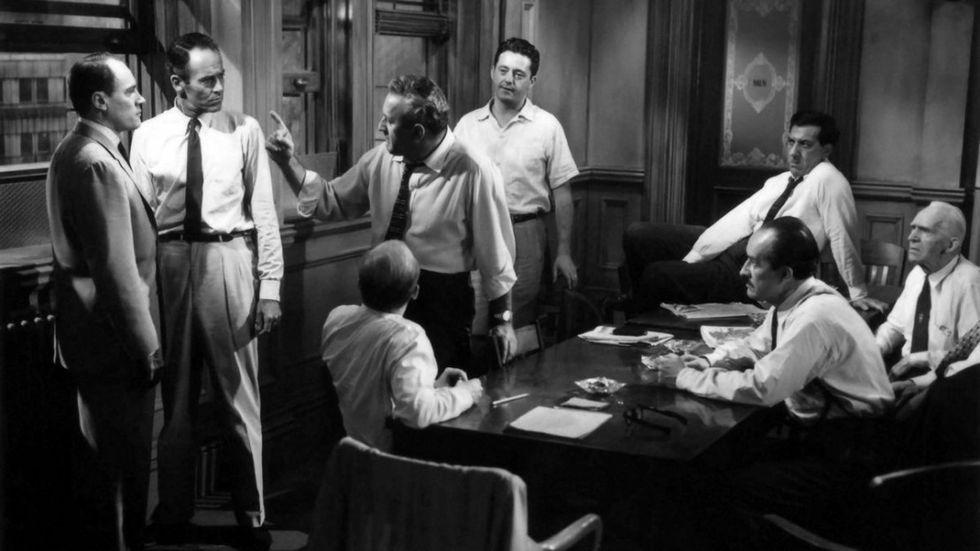
Scene Objective vs. Super Objective
Robert McKee says that scene objective is a character’s specific goal for this particular scene, while a super objective is the character’s overall goal and reason for what they are doing. The super objective is usually the underlying reason that the character wants the scene objective.
The video uses John Truby’s theory of scene dynamics in which he explains that the beginning of the scene should explain what the whole scene is about. It should then funnel down to a single point. That single point (either action or information) is what pushes the overall story forward.
Hitting the end point of a scene is important because it should indicate three things: whether the character achieved their scene objective, what the character needs to do next, and how the character feels about the outcome of the scene. That’s also helpful for you as a writer because each scene should naturally flow into the next.
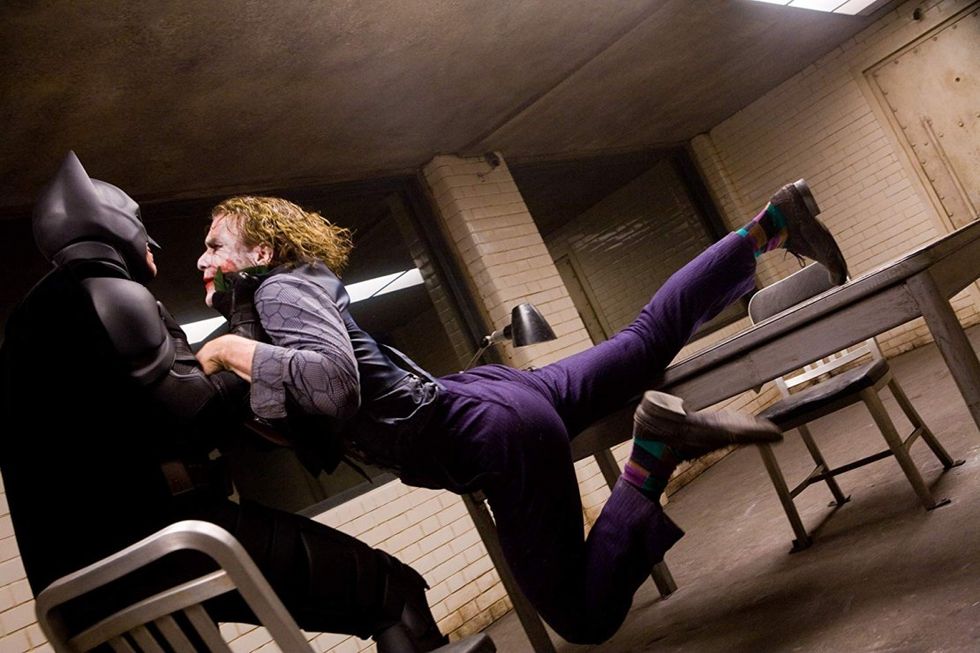
Wrapping Up
Conflict is the core of all dramatic work, but it’s often misunderstood. Hopefully this video shines a bit more light on how to infuse your script and characters with meaningful conflict. Remember, it’s about more than just a small disagreement; it’s about characters’ core philosophies competing with each other.
If you’re looking for more screenwriting tips, check out Craig Mazin’s Thoughts on Writing Chernobyl.
